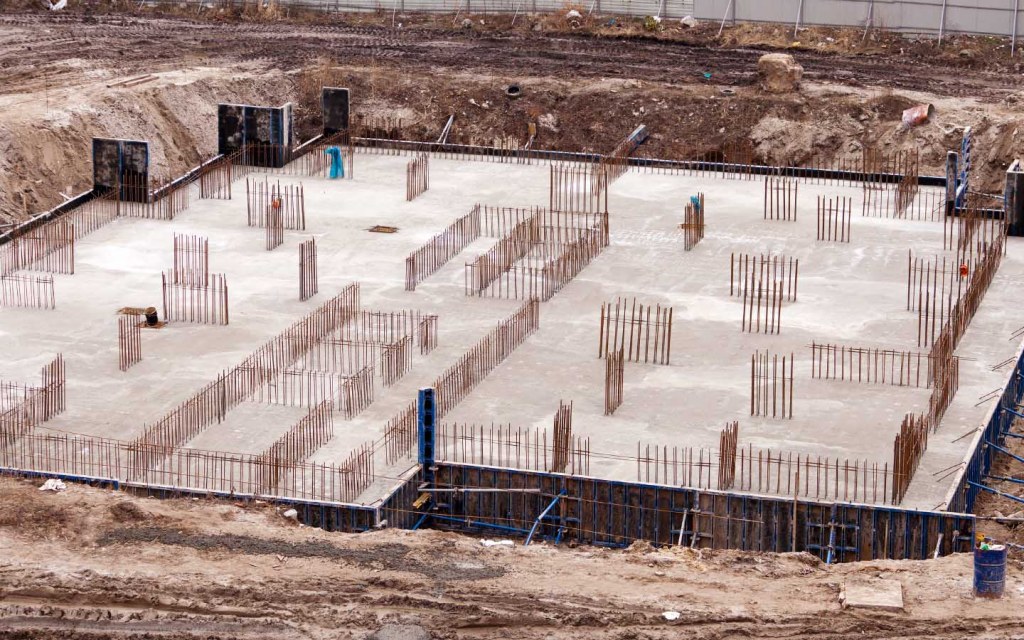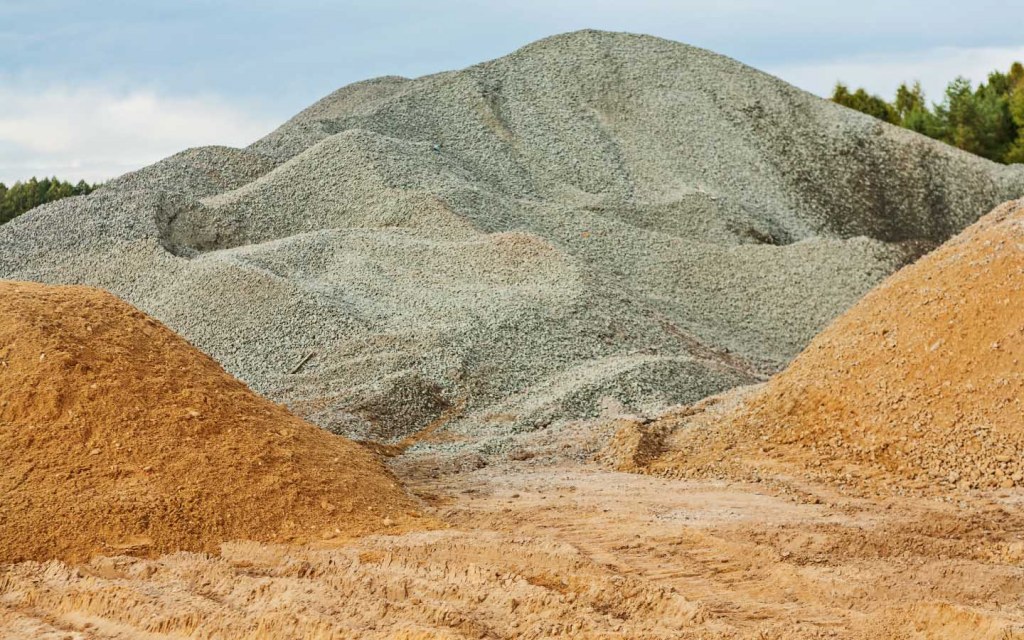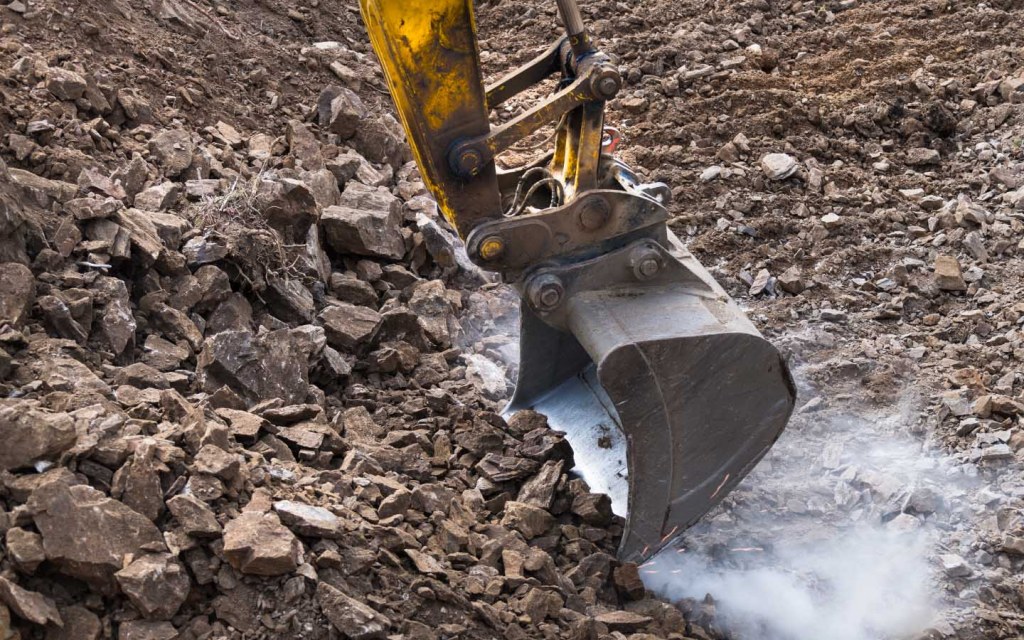Home » Construction » Choose the Right Soil Type for Stronger Foundations
If you’re about to build a new house, the most crucial part of the construction is laying down the foundation of the structure to ensure that the building is sturdy and continues to last for years to come. However, before building a house on a plot of land, you should perform an analysis and determine the type of soil that you’ll be building on. This is because certain types of soil are more conducive to setting a good foundation for a building’s structure and if you don’t have the ideal soil type, you might need to dig deeper, perform excavations and layer the ground with the perfect type of soil to get the stability you need for the build.
Types of Soil on Construction Sites

When you’re building a house, setting a good foundation should be your biggest concern, irrespective of whether you plan on living there or selling it off. Here are some types of soil that you may encounter while digging and how they fare in terms of supporting a structure:
- Clay
- Silt
- Sand/Gravel
- Rock
Let’s discuss each type of soil in detail below.
Clay
One of the most common types of soil in Pakistan, clay is a water-retaining variety that expands when moist and shrinks when dry. Due to its water permeability, and its small particle size, it is often recommended that you excavate the upper layers of clay to a depth where the moisture content of the soil is stable before pouring in the concrete foundation. Otherwise, weather changes or groundwater after rains can easily move, manipulate, and crack the foundations of the structure. Overall, clay is not the ideal soil for supporting a building’s foundations.
Silt
Having small particles and smooth to the touch, silty soil retains water for long periods after it rains. With poor drainage and high water retention, this soil is also cold to the touch even when it appears to be dry. The absorption of water also expands the particles to a great degree, pushing it against building foundations, weakening them at the core. Therefore, deeper excavations are recommended for silty soil as well.
Sand/Gravel

Having large particles that have torn free from withered rocks, sand/gravel is dry and has a gritty texture with unevenly shaped particles that leave large openings for moisture to pass through the soil. Having a low water retention rate, sand, when compacted, makes the perfect soil type for construction projects.
Usually, even if water permeates through the layers of sand, it will result in compaction of the uneven particles, rather than washing them away, creating an even sturdier base for your build. In areas where the groundwater levels are high, it is best to avoid deep excavations and to compact the upper layers of sand before pouring in the concrete. Sheet piling made of steel is often used to reinforce the sides of the excavated plot while concrete is poured in to stop the sand walls from collapsing. Sand or gravel is also compacted and used as the base for foundations in deeper excavations when the top layers of clay or silt are removed.
Rock

Rocky foundations can be a challenge to dig through and require heavy machinery to level the ground and prepare it for construction. However, it still is one of the perfect soil types for construction projects because most varieties of rock-based foundations have high load-bearing capabilities which make them ideal for not just building a house, but also for constructing a high-rise structure.
Bedrock, sandstone, shale, limestone, and chalk are some of the most common varieties of rocky foundations. The chore here is to level the rocky base before beginning the build. Once that is done, you will have no problems in setting a good foundation for your project. If you’re building on a sloping rocky foundation, you will need to anchor your house to the rock itself, so that future cracks or landslides do not cause the structure to slip from its position. Sloping plots also require the foundation to be often built in the form of steps, rather than at a singular level, unless the rock is levelled beforehand.
Rock formations are generally impermeable to water drainage and will not budge when high water absorption in the topsoil runs into the deeper layers. One soil type that is ideal for digging as well as building, in this case, is hard, chalky soil, which is formed with fine particles that do not retain moisture and thus, will not expand, contract, or move during wet weather. However, the chalk must be hard enough to bear the weight of the structure. If the topmost layers are soft, dig deeper until you reach the harder variety and then begin laying the concrete foundation.
These are some of the major types of soil that you might find on your construction site when you begin the build. Tackle each soil type accordingly and ensure a stable and robust foundation for the structure to avoid facing foundational issues later on. If you are unsure of the type of soil that is present on your plot, you can contact professional construction companies that perform soil analysis as part of their services. They will be able to tell you just what type of soil is present on-site and what can be done to set up a good foundation for the house you’re planning to build.
Be sure to check out the best time to build a house in Pakistan, as well as the most common construction styles being used so that you time your project right, as per the trending architectural styles. You can also check our posts on the construction cost of the grey structure of a house on a 5 marla, 10 marla, and 1 kanal plot so you can adjust your budget for the build accordingly.
Stay tuned to Zameen Blog for more home construction posts. Do let us know how your build goes at blog@zameen.com.



